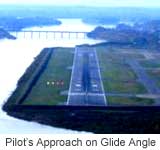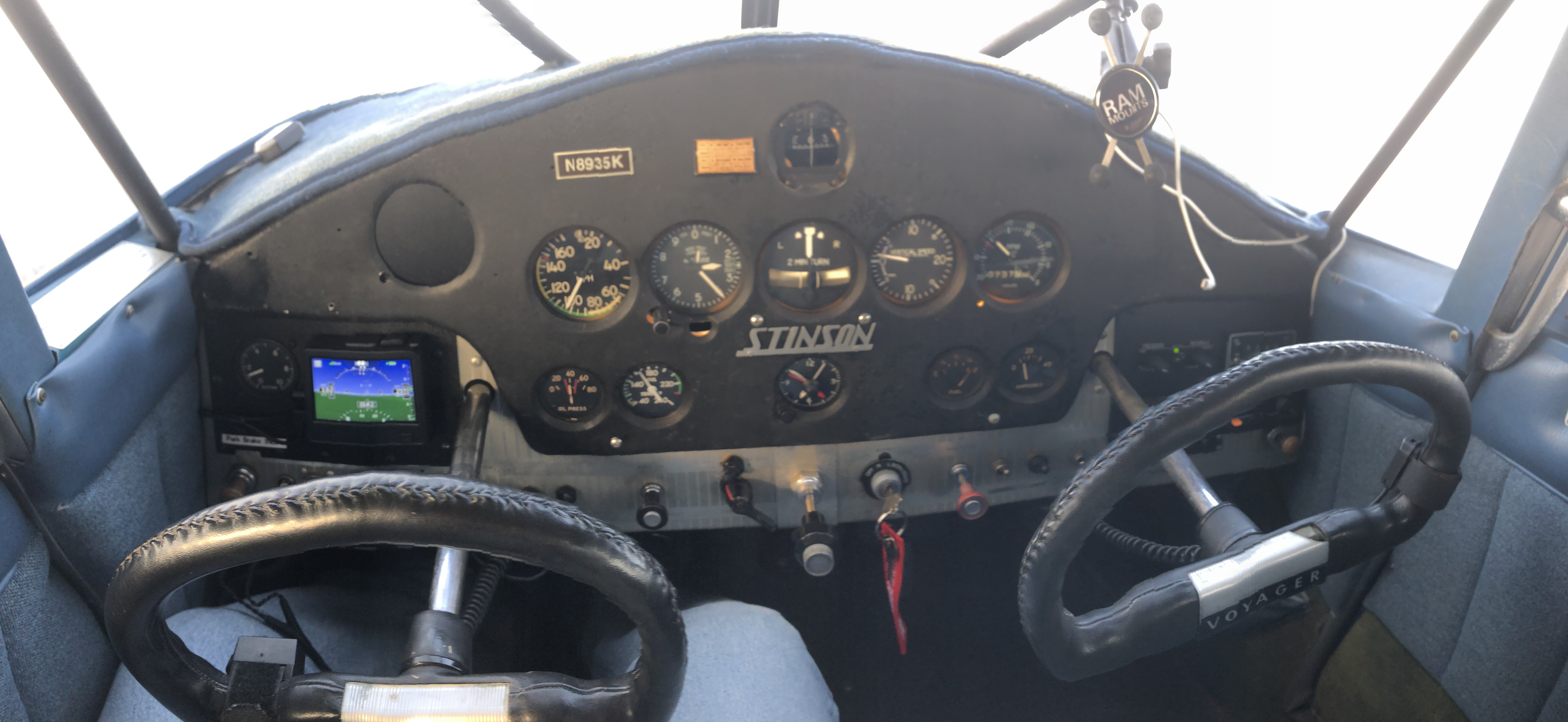
The FAA Wings program through the FAA Safety Team (www.FAASafety.gov) is a national effort to “improve the Nation’s aviation accident rate by conveying safety principles and practices through training, outreach, and education; while establishing partnerships and encouraging the continual growth of a positive safety culture within the aviation community.”
For many pilots, interaction with the FAA Wings program or its activities comes through local seminars, online content, or their flight instructor giving them Wings credit on a flight review. But there is much more!
One specific example of a way to get FAA Wings credit is when an applicant completes an FAA practical test with an examiner. Most practical tests such as a private pilot certificate, commercial certificate, instrument rating, or initial CFI certificate count for big blocks of Wings credit, and all you have to do is request credit of the DPE who conducted the test.
As a DPE, I am trying to do a better job of giving credit, but I also note that few of my applicants are registered for the program.
If you aren’t, you can find much more information about the FAA Wings Program at www.FAASafety.gov, where you can also register for an account that will be associated with your FAA airman’s record to get Wings credit. Once you have done this, you can collect your credit.
Oh, one more thing, if you get or give credit, you are eligible for yearly sweepstakes drawings. This past year’s winners can be found by visiting https://www.faasafety.gov/SPANS/noticeView.aspx?nid=8286.
Ok, so that’s it. It’s free. It promotes safety. And if you have completed a practical test you are eligible for credit. Just ask your DPE (me if I am the one that gave you a test) and we will validate your request.
Want a quick way to find a couple of the specific links? Here are a few common ones for you to use:
Request Private Pilot Practical Test FAA Wings Credit
Request Instrument Rating Practical Test FAA Wings Credit
Request Commercial Pilot Practical Test FAA Wings Credit
Request CFI Initial Practical Test FAA Wings Credit
 Imagine its an IFR day, not terrible down to the minimums IFR, but certainly IFR enough that you need to establish on the approach, transition beyond the final approach fix, and expect to break out somewhere along the approach to a visual landing.
Imagine its an IFR day, not terrible down to the minimums IFR, but certainly IFR enough that you need to establish on the approach, transition beyond the final approach fix, and expect to break out somewhere along the approach to a visual landing.

